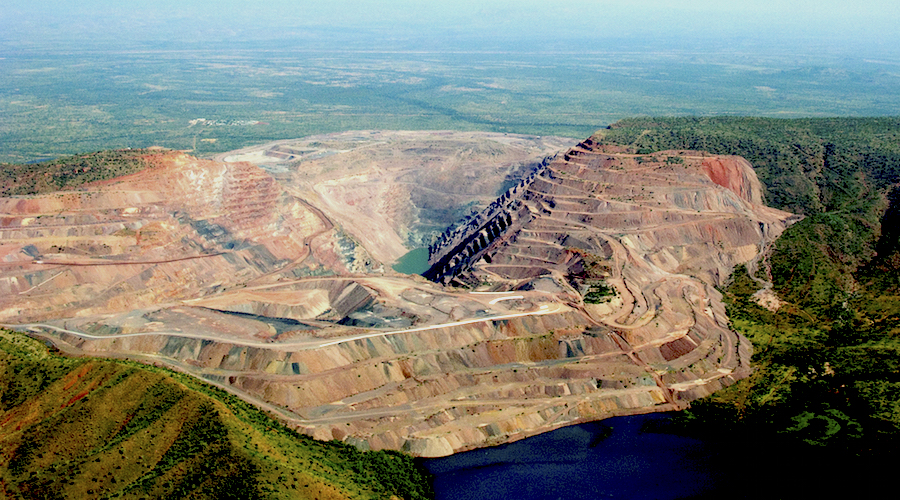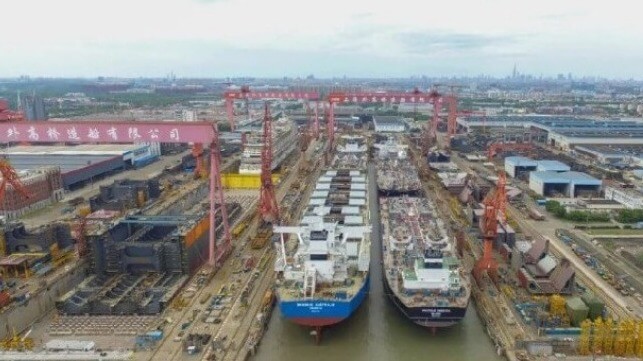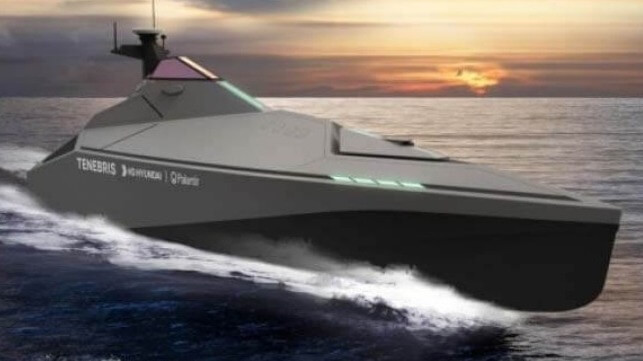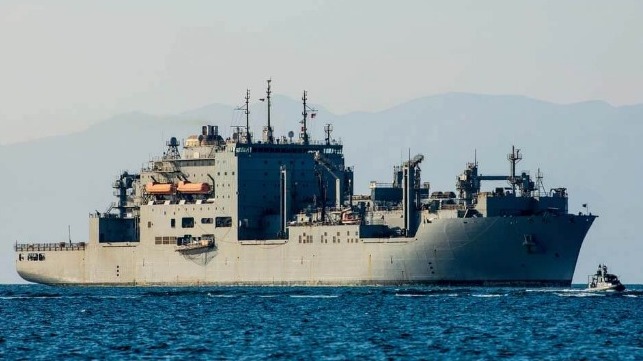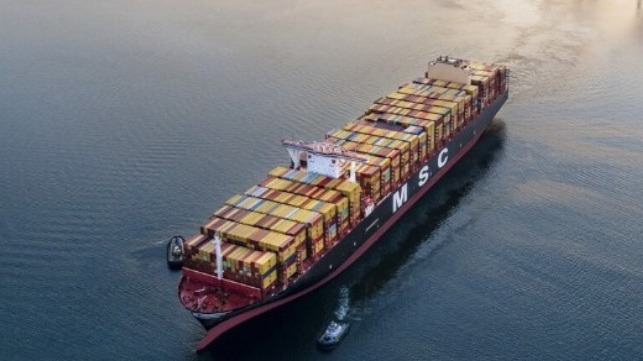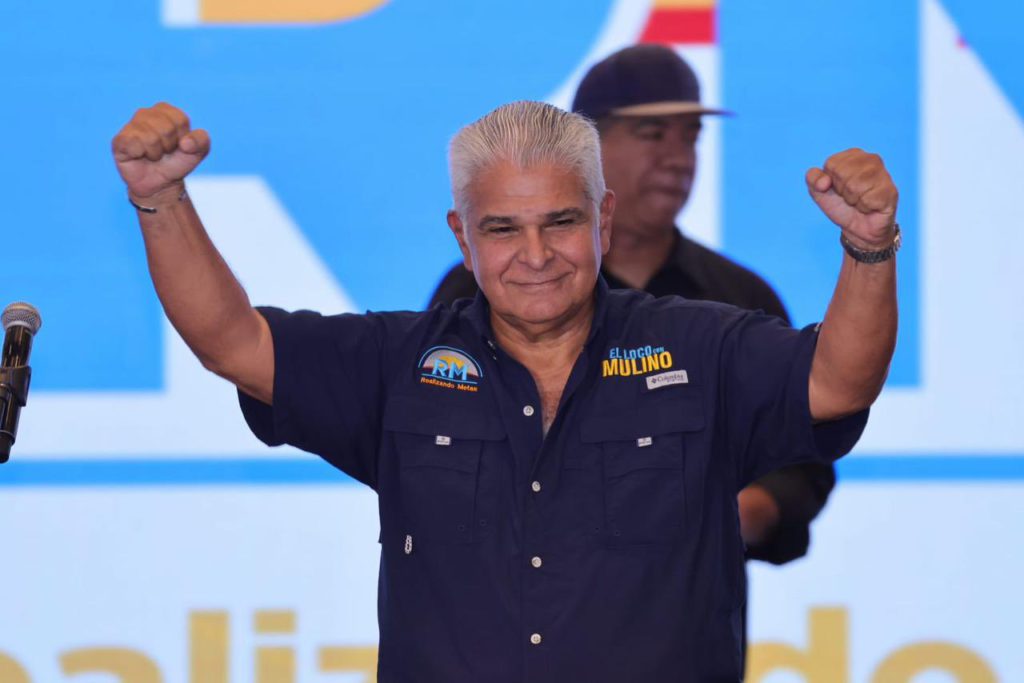
Panama’s president-elect Jose Raul Mulino. (Via X.)
Panama’s president-elect has ruled out talks with Canadian miner First Quantum Minerals until it drops multiple arbitration proceedings it has launched seeking billions of dollars in compensation from the government over a mine shutdown order.

President-elect Jose Raul Mulino spoke about his plans for the major copper mine, once responsible for some 5% of Panama’s economic activity and some 40% of First Quantum’s revenue, in an interview with local news radio program Panama en Directo on Thursday.

“To consider talking about mining, those arbitrations need to be suspended,” Mulino said, stressing the government’s preeminent role in any mining project that operates in Panama’s territory.
“Don’t forget that the owner of that concession is the state,” he said.
The president-elect noted that any solution for the disputed mine will not involve a new concession contract, though he signaled some flexibility to possibly allow the project to temporarily reopen in an effort to reduce its ultimate closure costs.
First Quantum did not immediately reply to a request for comment on Mulino’s remarks, though the miner said earlier this week it is looking forward to talks with his administration to find a solution to the disputed open pit Cobre Panama mine.
The outgoing government of President Laurentino Cortizo had ordered the closure of Cobre Panama last year following a court ruling that voided the miner’s contract, amid widespread national protests for more environmental safeguards and transparency.
(By Valentine Hilaire; Editing by Sarah Morland and David Alire Garcia)

